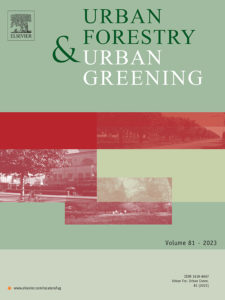Which form of green and blue infrastructure elements (nature-based or semi-natural) is preferred by residents of the medium-sized Czech city of Liberec?
Green and blue urban infrastructure (GBI) has many positive functions often not recognised by residents (e.g., microclimate regulation, water retention, etc.). The question for urban planners who are aware of these functions when planning new GBI elements or revitalising existing GBI is how much they need to account for the preference heterogeneity of locals, who typically consider only aesthetic and recreational value. This study uses data from a discrete choice experiment among residents of the medium-sized Czech city of Liberec to reveal which combinations of nature-based or semi-natural GBI and recreational facilities respondents prefer and how strong their preferences are in terms of their willingness to pay. Overall, study respondents preferred nature-based GBI to semi-natural ones. A mixed-latent class model identified two groups of respondents who differ in preferences, trade-offs, and socio-demographic characteristics: (i) mostly older educated women who prefer nature-based elements and enjoy park infrastructure; (ii) mostly less educated men who dislike urban gardens and semi-natural streams and do not value park infrastructure. Based on the results, we recommend that spatial planners and green space managers design and implement more nature-based elements in Liberec, which are in line with the respondents’ preferences.
Reference: Macháč, J.; Brabec, J.; Arnberger, A. (2022). Exploring public preferences and preference heterogeneity for green and blue infrastructure in urban green spaces. Urban Forestry & Urban Greening 75. https://doi.org/10.1016/j.ufug.2022.127695



